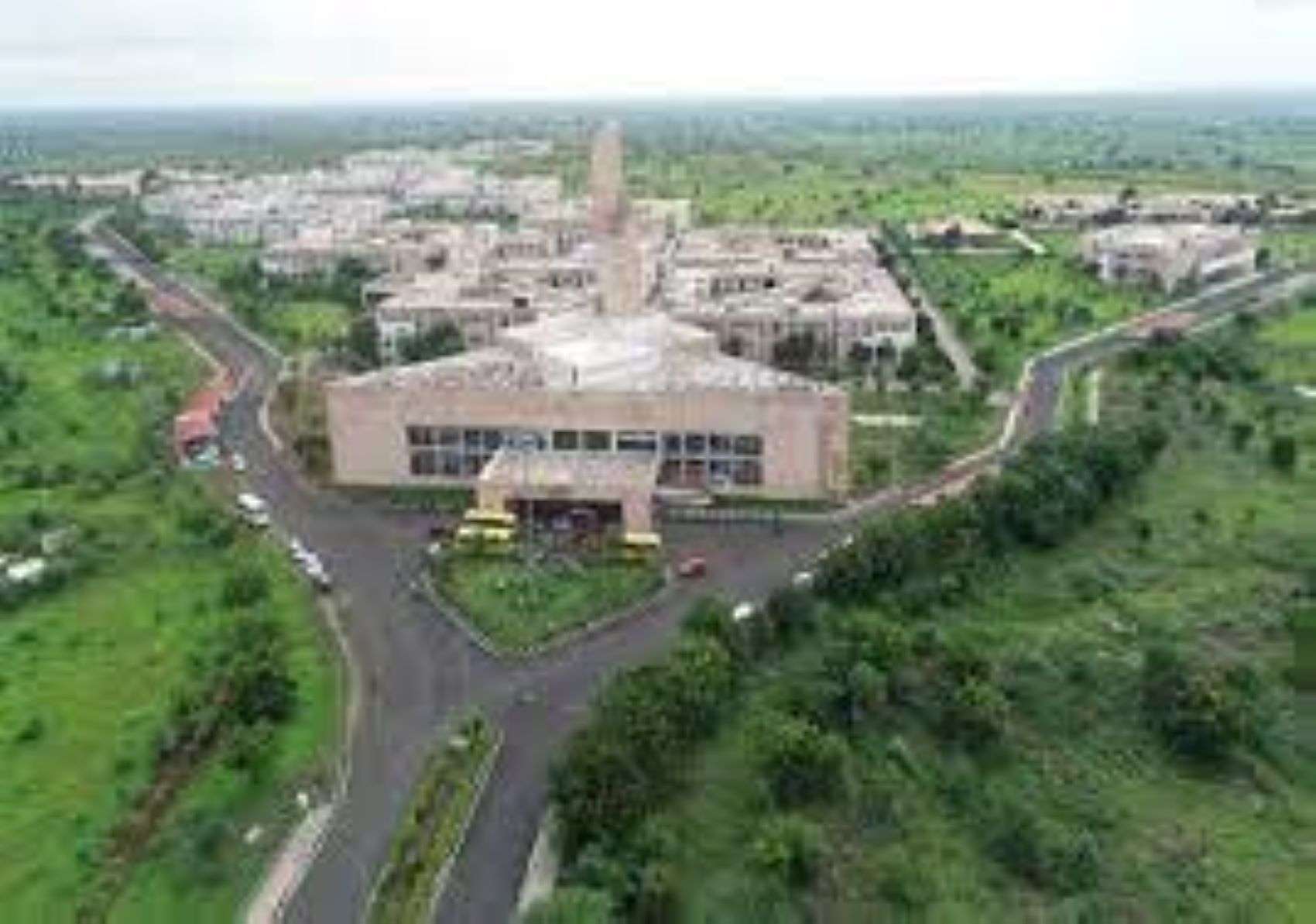This is the first time that a Nobel Prize in science has been awarded to an exclusive team of women: Emmanuelle Charpentier from France and Jennifer Doudna from the United States.
- They won the Nobel Prize in chemistry on October 7 for the gene editing technique known as the CRISPR-Cas9 DNA cutter.
- “Scissors” is the first time that a Nobel Prize in science has been awarded to an exclusive team of women. “Thanks to them, researchers can modify the DNA of animals, plants and microorganisms with very high precision,” said the Nobel jury.
- This technology has had a revolutionary impact in the life sciences, contributes to new cancer therapies and can make the dream of curing inherited diseases a reality.
- The technique has received a Nobel Prize several times in the past, but speaking to reporters in Stockholm via the telephone link, Prof Charpentier said the call was always a surprise.
- “Oddly enough, I’ve been told time and time again [that it could happen], but when it does happen you are very surprised and you feel like it’s not real,” he said.
- “But obviously it’s real, so I have to get used to it now,” he added. Professor Charpentier, 51, and Professor Doudna, 56, are only the sixth and seventh women to receive the Nobel Prize in Chemistry, and this is the first time that a Nobel Prize in science has been awarded to a team exclusively for women.
- Professor Charpentier told reporters she saw herself as “a scientist” first, but hoped the award would send “a really strong message to young women.”
Rewrite “the code of life”
- While searching for a common harmful bacteria, Professor Charpentier discovered a hitherto unknown molecule; part of the bacteria’s old immune system which disarms viruses by cutting parts of their DNA.
- After publishing his research in 2011, Professor Charpentier worked with Professor Doudna to recreate genetic scissors from bacteria, simplifying the tool to make it easier to use and apply to other genetic materials.
- They then reprogrammed the scissors to cut any DNA molecule at a predetermined location, paving the way for scientists to rewrite the code of life where DNA is cut.
- The CRISPR / Cas9 tool has already contributed to significant advances in crop resilience by modifying their genetic code to better resist drought and pests.
- The technology has also led to innovative treatments for cancer, and many experts hope it can one day make inherited diseases curable through genetic manipulation.
- “There is tremendous power in this genetic tool, which concerns us all. It has not only revolutionized basic science, it has also spawned revolutionary cultures and will lead to revolutionary new medical treatments,” said Claes Gustafsson chairman of the committee Nobel Prize in chemistry, he said in a statement.
- Born in France, Professor Charpentier currently works as the director of the Max Planck Unit for Pathogen Sciences in Berlin, Germany. Professor Doudna, born in the United States, is professor of biochemistry at the University of California.
Rogue practice
- “Only the imagination sets the limit as to whether this chemical tool, too small to be visible to us, can be used in the future,” Pernilla Wittung Stafshede of the Nobel Committee told a conference.
- The chemical biology professor also noted that it had been widely adopted even though it had only been around for eight years.
- However, the relative simplicity of CRISPR has sparked the imagination of rogue practitioners. In 2018 in China, scientist He Jiankui sparked an international scandal and his excommunication from the scientific community, when he used CRISPR to create what he called the first humans modified by genes.
- The biophysicist said he altered the DNA of human embryos that became Lulu and Nana twins. Their goal was to create a mutation that would prevent girls from contracting HIV, although there was no specific reason to put them through the process.
- “Ethics, laws and regulations are extremely important here as well,” said Wittung Stafshede. The first time a woman received the chemistry prize was in 1911 when Marie Curie, who also won the physics prize in 1903, won it after discovering the elements radium and polonium.
- Professor Charpentier and Professor Doudna will share the sum of SEK 10 million (approximately $ 1.1 million, € 950,000). Normally, they would receive the Nobel Prize from King Carl XVI Gustaf at an official ceremony in Stockholm on December 10, the anniversary of the death in 1896 of scientist Alfred Nobel, who created the prizes in his last will.
- But the in-person ceremony was canceled this year due to the coronavirus pandemic and replaced with a televised ceremony that showed winners receiving their prizes in their home countries.
- On Monday, the Nobel Committee awarded the prize in physiology and medicine to Americans Harvey J. Alter and Charles M. Rice and to British scientist Michael Houghton for discovering the hepatitis C virus which wreaks havoc on the liver.
- Tuesday’s physics prize went to Roger Penrose from Great Britain, Reinhard Genzel from Germany and Andrea Ghez from the United States for their progress in understanding the mysteries of cosmic black holes.
- Emmanuelle Charpentier and Jennifer Doudna received the 2020 Nobel Prize in Chemistry for discovering one of the most advanced tools in genetic technology: the CRISPR / Cas9 genetic scissors. Using components of the CRISPR system, researchers can add, remove, or even modify specific DNA sequences.
- This technology has introduced new opportunities in cancer therapy, the cure of inherited diseases and also in the inbreeding of plants. How did researchers develop the scissors?
- Emmanuelle Charpentier, who was studying a bacterium called Streptococcus pyogenes, noticed a previously unknown molecule called tracrRNA. Subsequent studies have shown that this tracrRNA is part of the immune system of bacteria and helps bacteria to destroy viral DNA.
- He published this discovery in 2011. That same year, along with Jennifer Doudnathey, he managed to recreate the bacterial scissors and reprogram them. Charpentier and Doudna then showed that they can now use these scissors to cut any DNA molecule at a required site.
Why the name CRISPR / Cas?
- CRISPR is an abbreviation for short, evenly spaced palindromic repeats. These sequences are part of the immune system of bacteria. Bacteria that have survived a viral infection add part of the virus’s genetic code to their genome in memory of the infection.
- In addition to these CRISPR sequences, the researchers discovered special genes called associated CRISPR, abbreviated for good measure.
What has been the controversy over CRISPR-Cas9 technology?
- In 2018, a Chinese geneticist, He Jiankui, claimed he altered the genes of twins born this month to create the first genetically modified babies. He said he used CRISPR-Cas9 gene editing technology to modify the genes of the twins.
- The editing process, which he calls genetic surgery, “worked safely as expected” and the girls are “as healthy as any other baby,” he said in a video.










More Stories
Registration for CLAT 2025 begins today; last date October 15
CLAT 2025 registration will begin on July 15
Delhi University 5 Year Law Programs Registration Begins